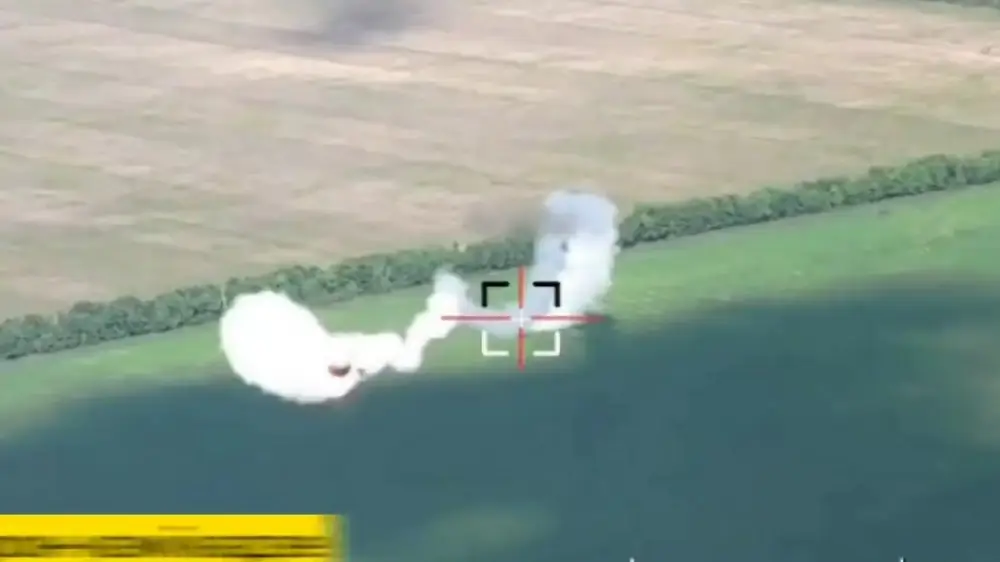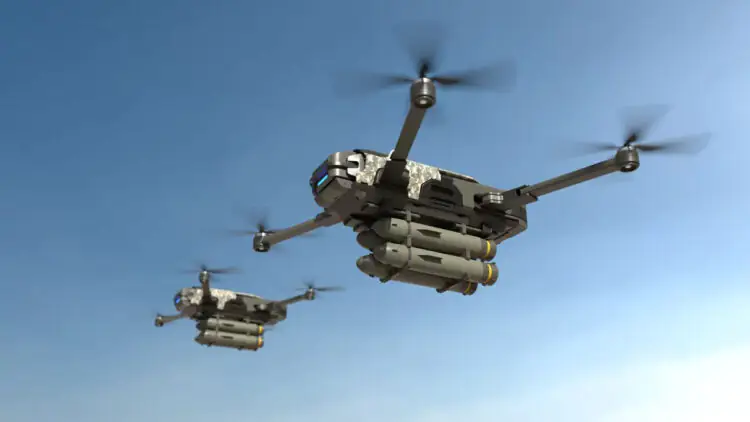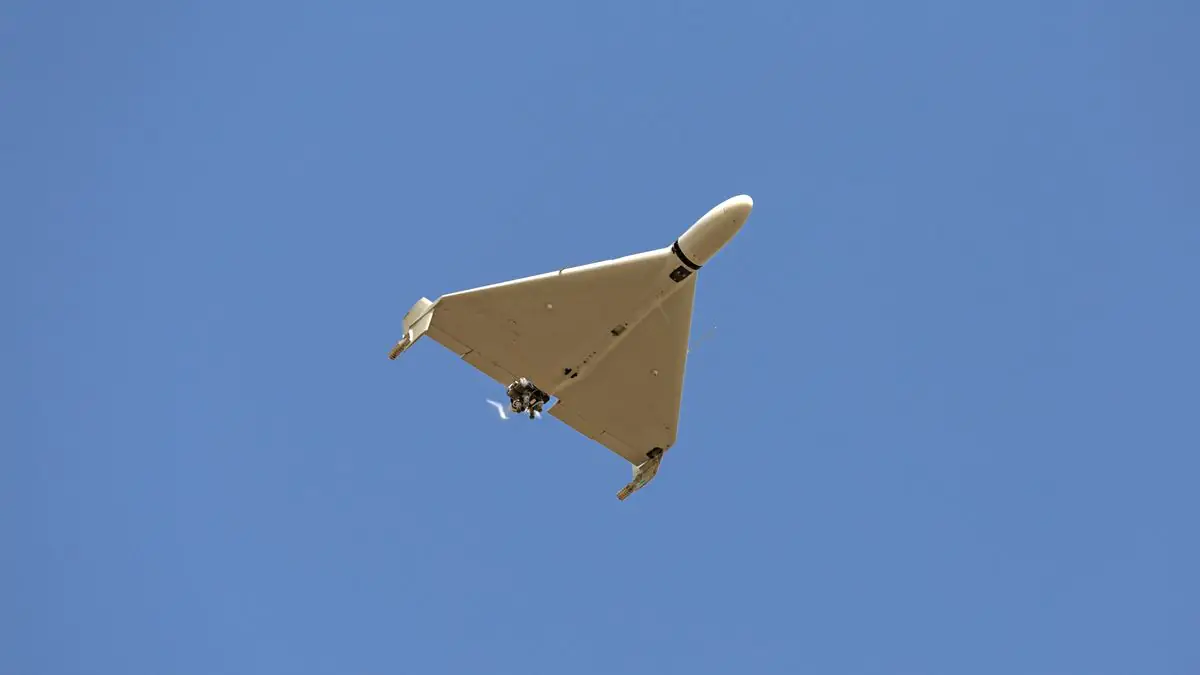A team of Chinese aerospace engineers has introduced a concept that could significantly alter the role of combat drones on the battlefield. The new technology enables drones to perform rapid evasive maneuvers, reportedly increasing their chances of surviving in areas with active air defenses to nearly 90%.
At the core of the innovation is the integration of compact lateral rocket boosters into the drones. These boosters provide a sudden burst of thrust at critical moments, allowing the drone to quickly change direction and evade incoming missiles or anti-aircraft fire.
TABLE OF CONTENT:
The principle of ‘terminal deviation’
The developers refer to their approach as a “terminal evasion system,” with its main advantage being the unpredictability of the drone’s flight path. By activating the boosters just fractions of a second before a potential strike, the drone can sharply exit the danger zone – effectively rendering even precision-guided missiles unable to intercept it.
According to the South China Morning Post (SCMP), the technology has undergone a series of large-scale computer simulations, which confirmed the concept’s effectiveness. Estimates suggest the new system could increase a drone’s survival rate to 87%, compared to the current rate of around 10% in active combat zones.

For comparison, in the ongoing war between Russia and Ukraine, nine out of ten drones are typically shot down by modern air defense systems. If this technology is successfully implemented in practice, it could significantly shift the balance in how drones are used in conflict zones.
How the effect is achieved
Led by Bi Wenhao, an associate researcher at the National Key Laboratory of Aircraft Configuration Design at Northwestern Polytechnical University in Xi’an, the engineering team outlined three key operating principles behind the system:
- Precise timing – The booster activates just 1–2 seconds before a missile is expected to strike, leaving minimal time for the enemy to adjust its targeting.
- Directional evasion – The system must rapidly choose the most effective evasive maneuver: climbing, diving, or a sharp lateral move.
- High thrust – The booster needs to generate at least 16G of acceleration, sharply altering the drone’s trajectory and throwing off incoming missiles.
However, the developers acknowledge that the technology has yet to undergo real-world combat testing. The use of onboard boosters will inevitably affect the drone’s weight, reduce battery life, limit fuel capacity, and take up space that could otherwise be used for payloads.
Drones in modern warfare
Despite current limitations, drones already play a critical role on the battlefield. In May 2024, Ukrainian forces stated that “drones are killing more soldiers on both sides than any other weapon.” At the same time, the European Union Institute for Security Studies reported that Russia is purchasing up to 100,000 low-cost drones each month from various sources, further deepening the conflict’s reliance on this technology.
Source: Interestingengineering








